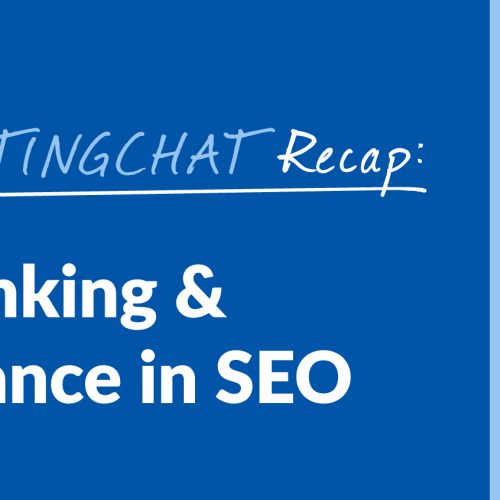
The latest #ContentWritingChat was all about SEO as we talked about the importance of internal linking. In this...

The latest #ContentWritingChat was all about SEO as we talked about the importance of internal linking. In this...
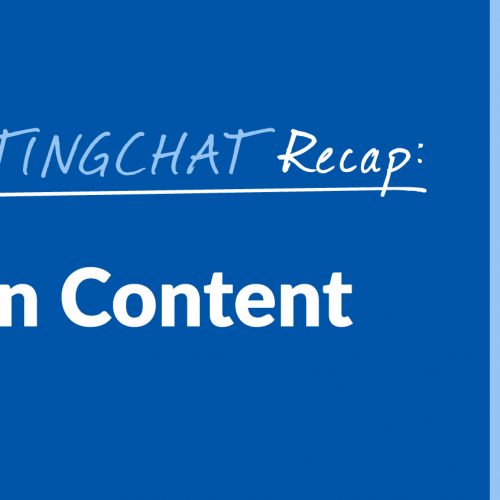
Are you ready to step-up your writing skills? In this #ContentWritingChat, we got technical by talking about language...
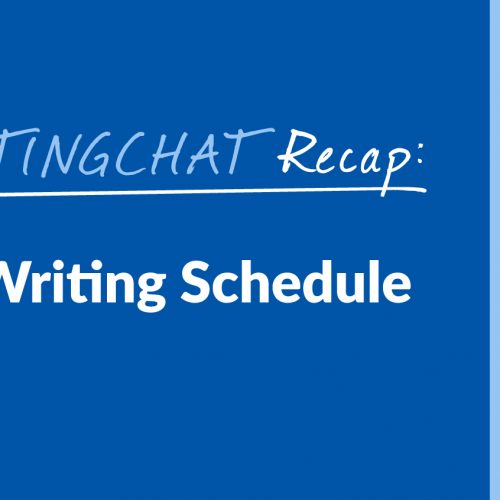
As content creators, getting into a writing schedule helps us to stay organized and keep on track when...
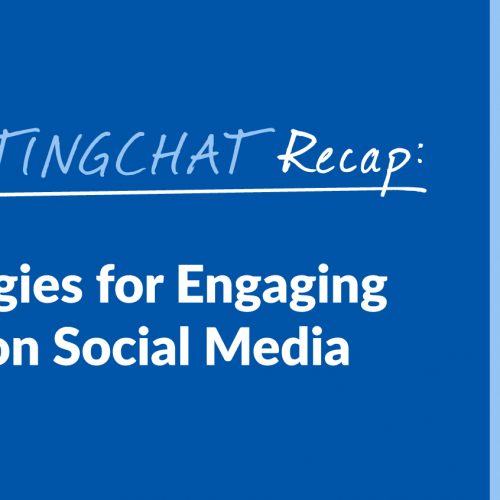
Although social media continues to change, one thing that hasn’t is how important it is for online brands...
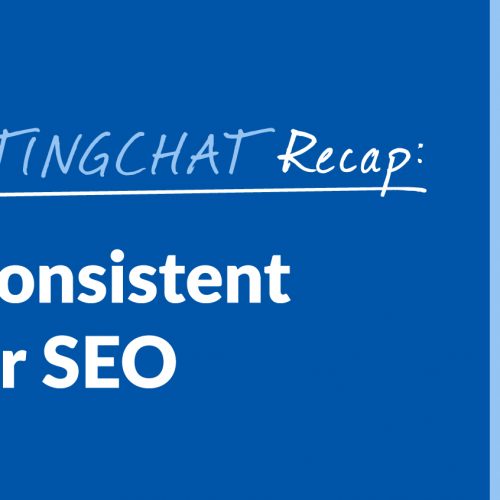
As online content creators, there’s no denying that SEO is essential. It’s not enough to just write amazing...
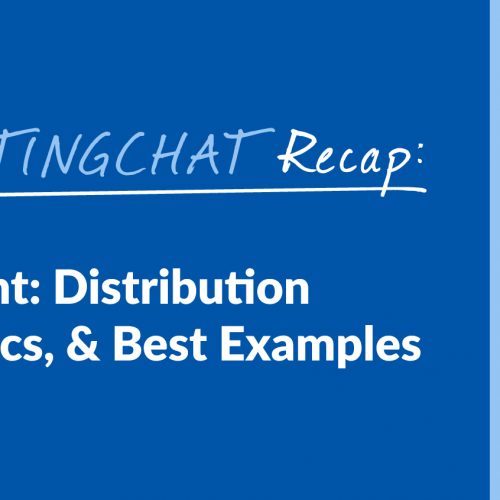
There’s no denying that long-form content is where it’s at when it comes to the world of online...
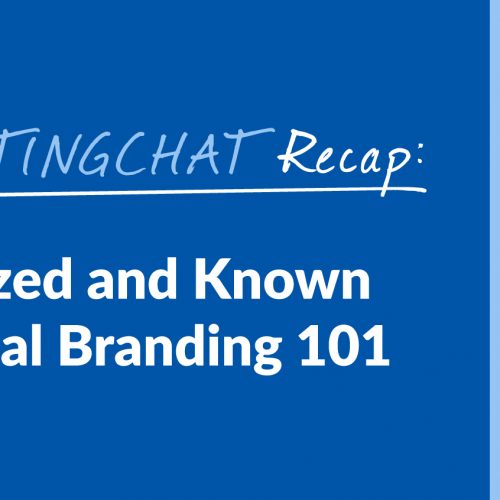
This week’s #ContentWritingChat was all about personal branding! We talked about who should have a personal brand, they...
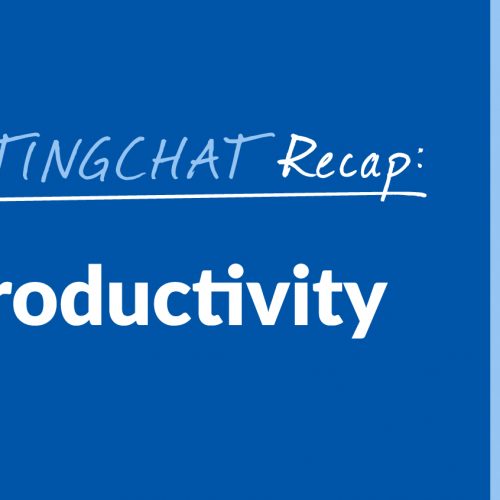
Let’s face it… Writing is no easy task. From brainstorming ideas, to actually getting them out on paper...
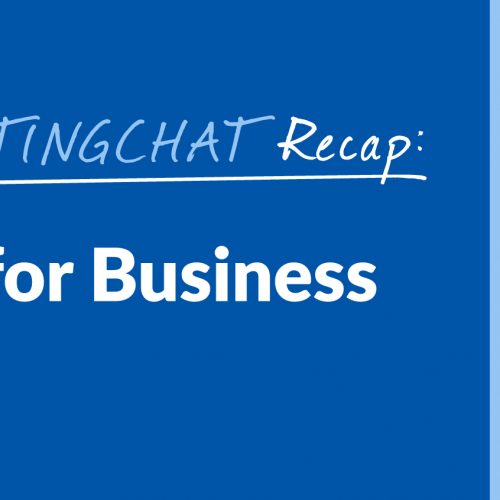
Are you using Instagram Stories for your brand? If not, you should be! And if you’re wondering how...
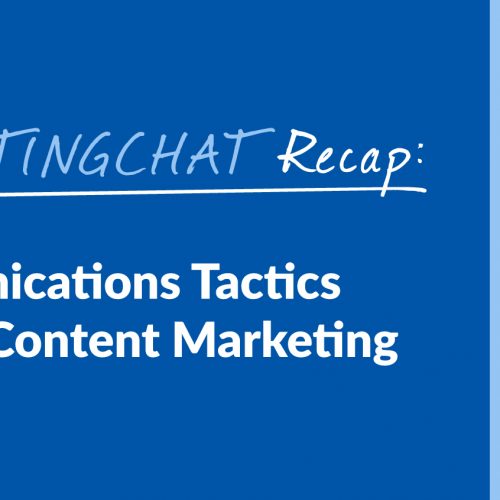
Did you catch the latest #ContentWritingChat? We had a great discussion all about internal communications tactics. This is...
No HR needed to get access to the best writers, editors, QAs, and strategists. We are your all-in-one content writing service delivering publish-ready content.
Copyright – 2025 Express Writers -All rights reserved